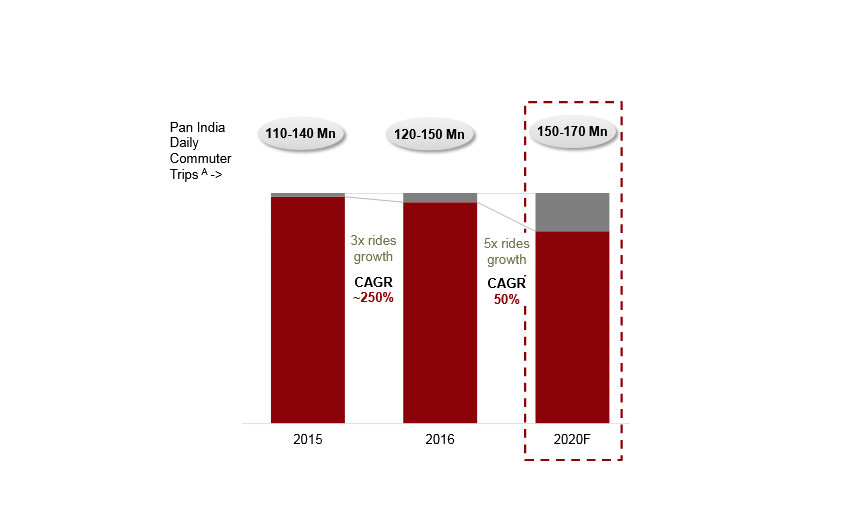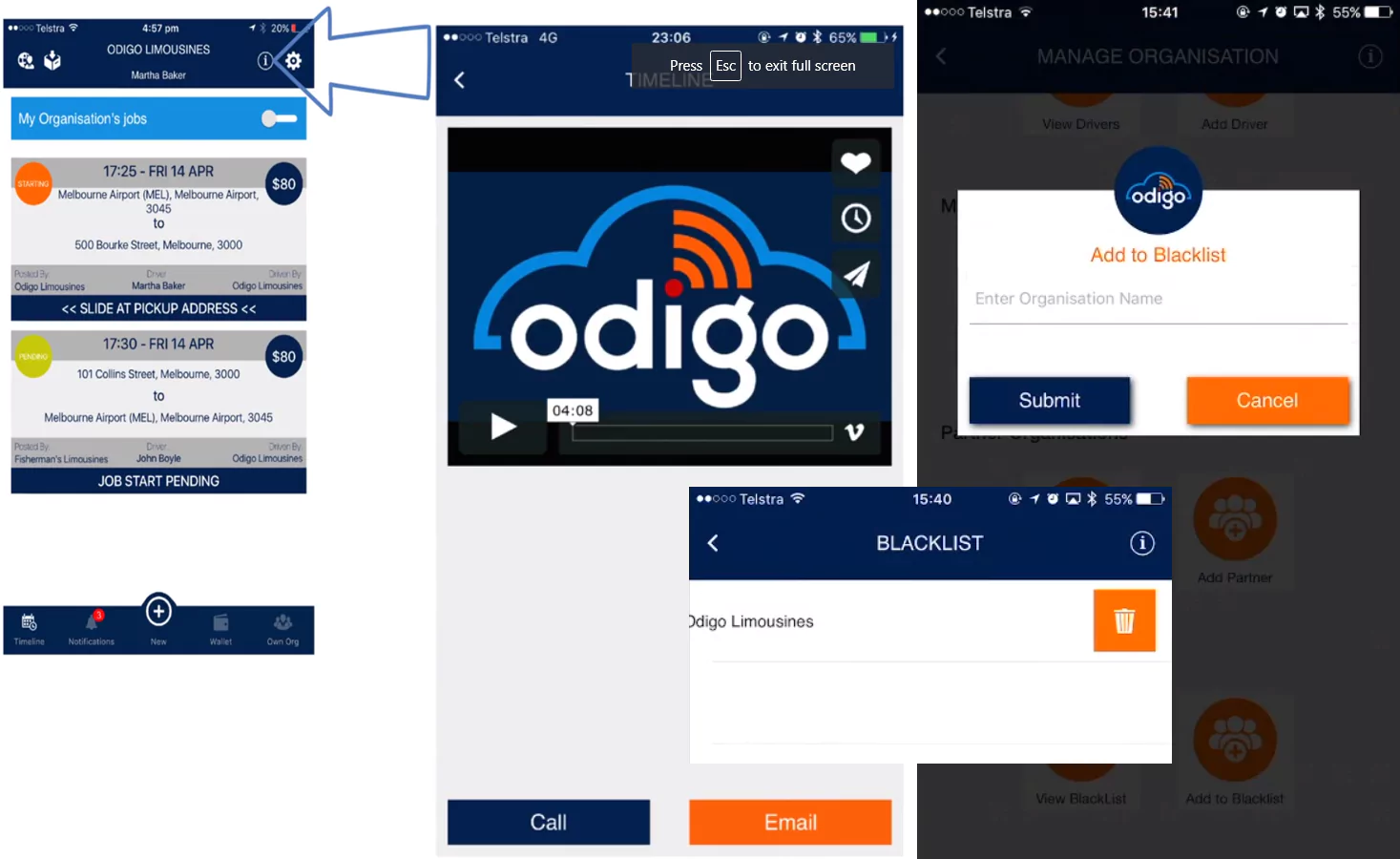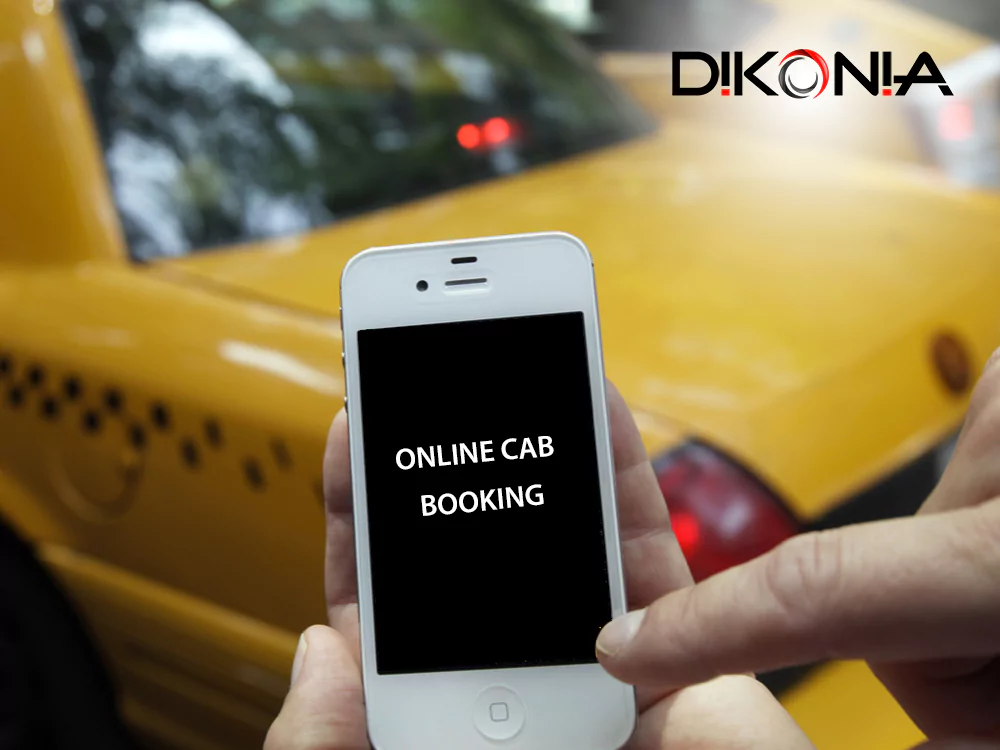If you have ever hailed a cab using Uber, Ola or Grab, you would never want to go back to the traditional taxi service.
The app-enabled cab booking industry has managed to bring a true revolution in how taxi-cabs rides are hailed and shared. Beginning from a pilot project back in 2010, Uber was the first company to offer location based cab booking service in San Francisco, California, where it became an instant hit.
In India, Ola, which is the more successful cabbie service, has about 25 million customers, whereas Uber claims to have about 2,50,000 driver partners in the country. What allowed such an enormous growth? Let’s see the contributing factors one by one.
Factors Favouring Cab Booking Services
Cab booking services provide some additional features in comparison the traditional ways of hailing rides. They’re fast, accurate and much more convenient, even if they are bit costly on the pocket.
Following are the factors that have prompted their growth over the years.
Quick Accessibility
If we talk about India, the Cabbie service has been unreliable in the least until aggregators like Uber and Ola arrived on the scene. With the help of location based tracking and one-tap booking, they have reduced the time in which a cab would come and pick you up.
From having to go out cabbie-hunting in scorching heat or heavy rains, online cab booking service picks you up from your immediate shelter and makes sure you reach your destination all good. Something, the traditional taxi servicers could never provide.
Ride Sharing
Ride sharing has been one of the best features to increase customer adaptability in India. Even with low flat rates and discounted per mile price, booking a cab for a single-person use can seem costly. But with the ability to share rides, the situation changed.
Indians, in particular, who would only choose convenience if it’s offered at an economical price, ride sharing became the perfect fit. Ola was the first to bring the concept of ride sharing to India, after which Uber launched it’s Uber Pool service.
Conveyance Security
When it’s stormy outside and you are stuck at your office at the end of the day, you want to make sure you get home dry. Taking out your mobile phone to book a cab is the first thing you can think of.
These cabs provide a keen sense of security when travelling conditions are not so good and you want to be transported safely to your destination. This factor alone serves for the success of cab aggregators in India.
Luxury
The main reason why you would choose a cab over public transport or taking out your own vehicle is the luxury factor involved in the deal. Even if you are are a regular cab booking service user, it’ll be much cheaper for you in comparison to hiring a personal driver, for the same level of luxury.
Further, most of the cars deployed by the aggregators have all the necessary features you need to find in a cab such as AC, comfortable seats, secured doors and baggage storage compartments.
Ola Vs. Uber in India

Ola and Uber are the two arch-rival cab aggregator services in India with tight competition. While Ola enjoys a wider user base in India, Uber’s net valuation is way high than Ola.
The two have been making news since their inception. Uber came to India as an outsider whereas Ola is the brainchild of IIT graduates Bhavish Aggarwal and Ankit Bhati.
Although being highly popular in India, Ola and Uber form just the 10% part of the evaluated $15 billion market of cab fairing economy of India. The demand for cabbie services grew enormously from 2016 to 2017, reaching 142 million rides starting from mere 70 million.
As reported by RedSeer consulting, the online mobility providers are now experiencing a slump in their popularity due to a number of regulatory and driver issues. The two reported issues are;
- Strikes by local taxi unions across the country that halted the services for several days, giving a major hit to their popularity.
- Decrease in consumer demand for cab services. The reason for which could be surge pricing and government measures to ban certain apps in some regions of the country.
Opportunity In India
The report also estimates that the industry is expected to grow by 5 times the size that it enjoyed in 2015, reaching a forecasted trip number of 170 million in 2020.

This points at the prime opportunity that a competitive app could hold in India’s growing mobility solutions market. An app that could provide more innovative features and better pricing model can take place of Ola and Uber dominance over the market.
Mobility Solution Created by Dikonia – Odigo
Our curiosity in the working model was quenched when we got the chance to develop a similar app for an Australian client, which goes by the name Odigo.

While Odigo shares a lot of similarities with other companies in competition, it has certain new innovations that have raised the bar for the industry.
Odigo is an on-demand application for booking cabs with a very different working model unlike its major competitors like Uber and other trending chauffeur service provider apps. The major difference being it’s a SaaS model app for chauffeur company owners and in spite of using services from Odigo, owners are directly in contact of their customers and receive their bookings.
Conclusion
The competition for cab hailing industry in India is sure on a rise and while it’s presently dominated by two key players, the scope of new and better technology is visible. India has other smaller aggregators such as Meru, TFS and Carzonrent who have shown considerable growth and are slowly making to the big scene.
Do you have a cab aggregator app idea? We are listening. We have made a similar app for an Australian client and we want to test our expertise in other parts of the world too. So, give us a shot and we will turn your idea into a business in no time!

